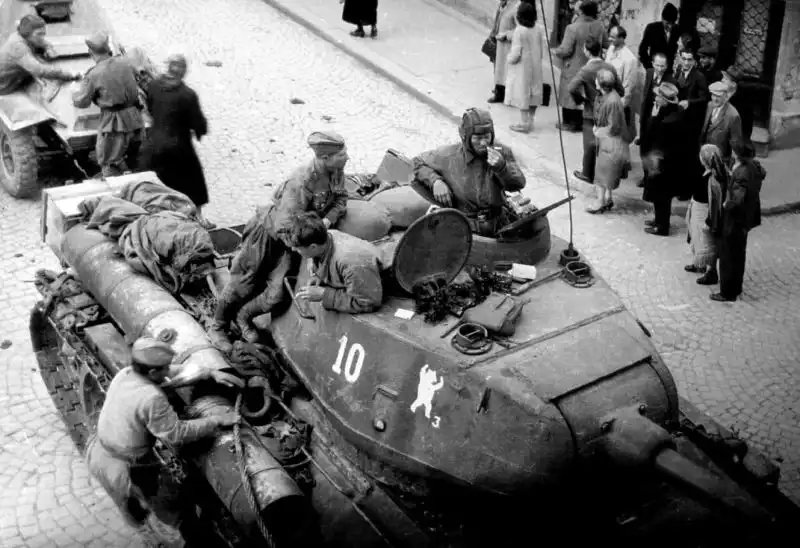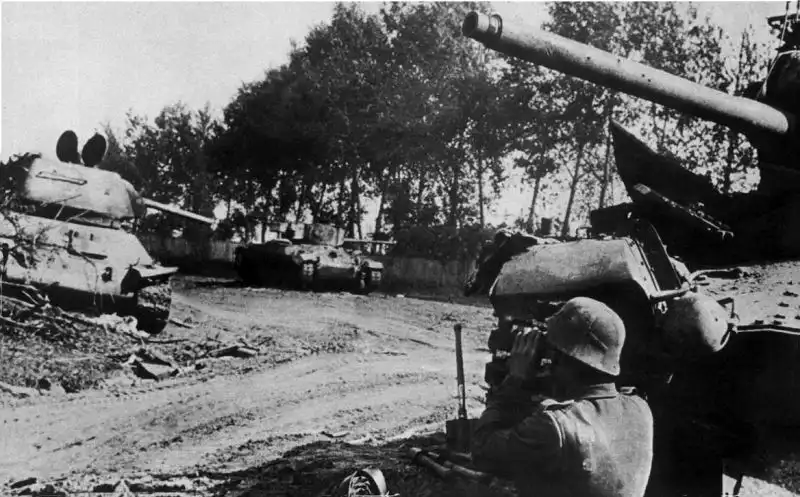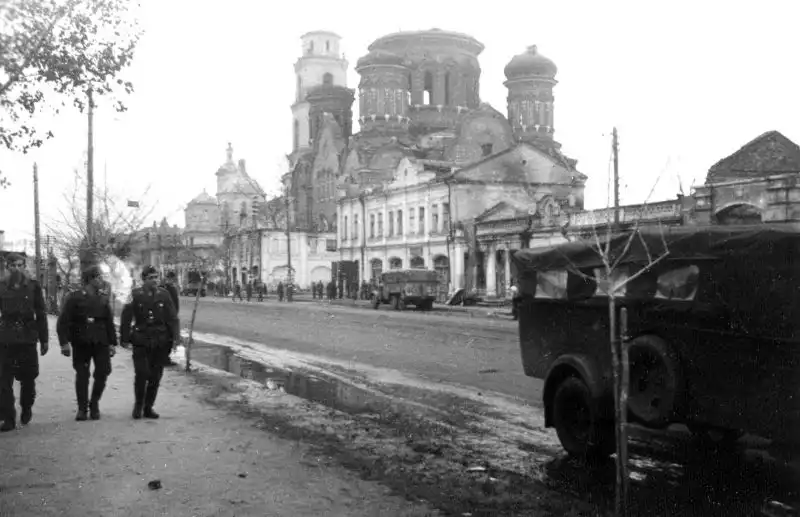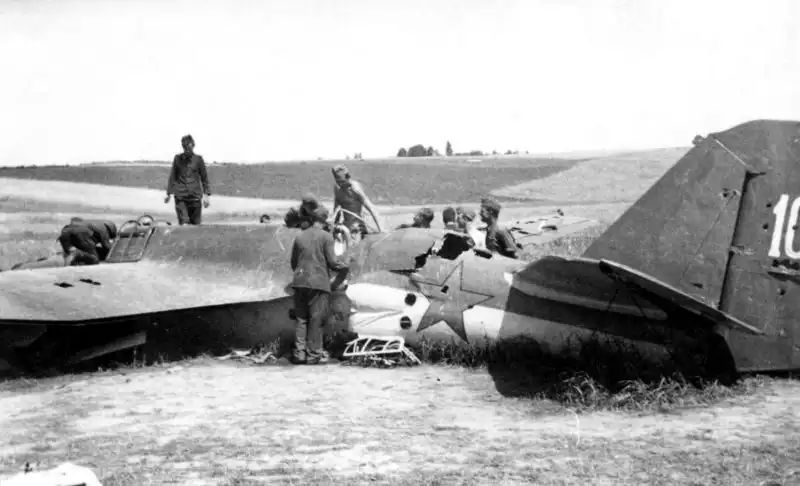T-34-85 Rolls Into Belgrade: Soviet Liberation of Yugoslavia, 1944
June 27, 2025 - Reading time: 3 minutes
T-34-85 tank number 10 of the 36th Guards Tank Brigade in liberated Belgrade. A BA-64 armored car is visible in the background.

Belgrade, October 1944.
The thunder of tracks and the rumble of diesel echo through the war-torn streets. The Red Army has arrived — and at its spearhead stands the T-34-85, tank number 10 from the 36th Guards Tank Brigade. This isn't just another advance. It's the final nail in the coffin of Nazi domination in Yugoslavia.
The photo shows the iconic Soviet tank, battle-hardened and triumphant, stationed on a street of liberated Belgrade. Dust clings to its hull. Soldiers peer ahead. Behind it, the silhouette of a BA-64 armored car — a light but nimble Soviet scout vehicle — signals that reconnaissance and firepower were rolling side by side during the push into the Balkans.
The liberation of Yugoslavia wasn’t a solo act. It was a bloody, complex campaign fought alongside Tito’s Partisan forces, with brutal clashes in cities, forests, and mountains. But when it came time to break the Nazi grip on Belgrade, Soviet armor did what it had done all across Eastern Europe — smash through.
To this day, echoes of this moment remain etched into Yugoslav memory. Streets were renamed. Monuments were built. And for a brief time, Slavic unity rode on the back of Soviet steel.
📷 Technical photo data:
📸 Photographer: Unknown Soviet war correspondent
📅 Date: October 21–22, 1944
📍 Location: Belgrade, Yugoslavia
-
"Soviet T-34-85 Belgrade WWII photos"
-
"liberation of Yugoslavia Soviet tanks 1944"
-
"Battle for Belgrade WWII Soviet T-34 photos"
Tags
Category
Search
Categories
- Unidentified WWII Photos (12)
- World War II Photos 1937 (1)
- World War II Photos 1938 (1)
- World War II Photos 1939 (3)
- World War II Photos 1940 (5)
- World War II Photos 1941 (99)
- World War II Photos 1942 (55)
- World War II Photos 1943 (50)
- World War II Photos 1944 (76)
- World War II Photos 1945 (40)
- WWII and Postwar Photos 1946 (1)





